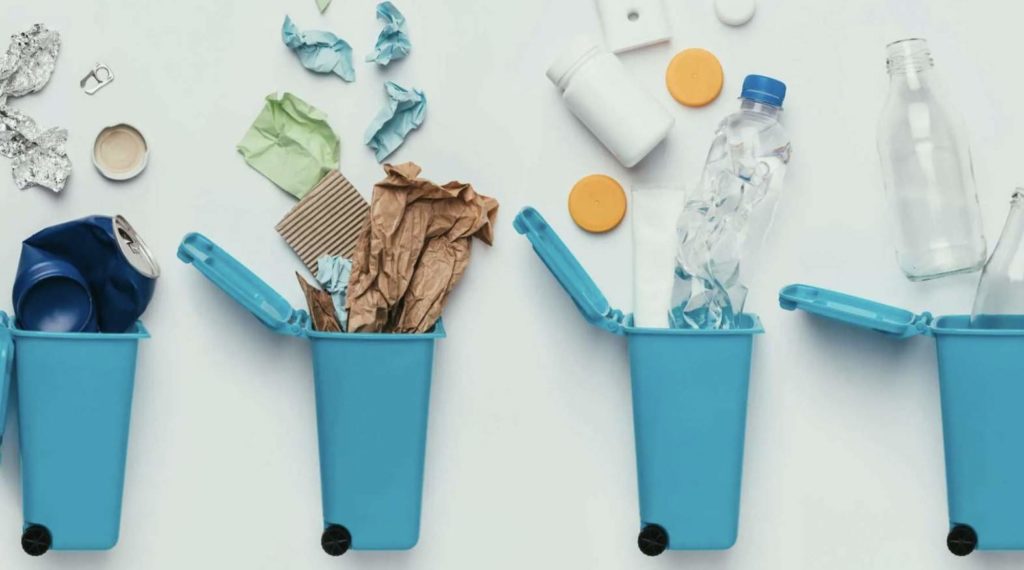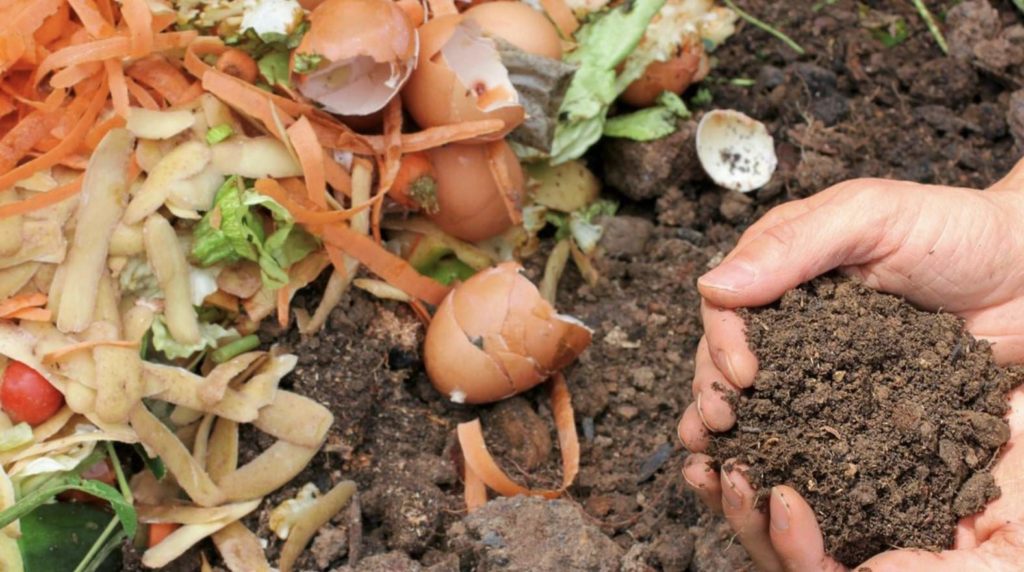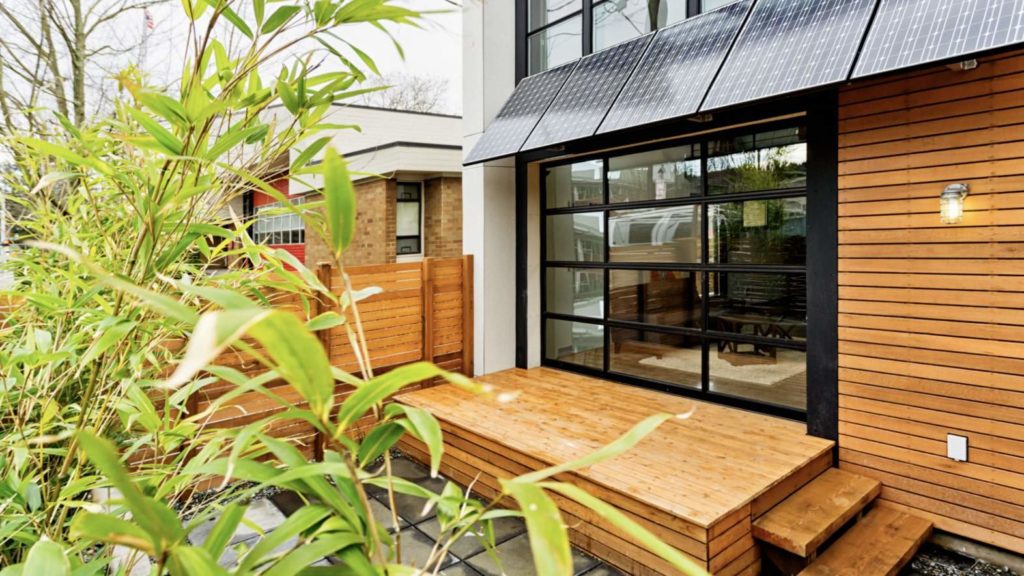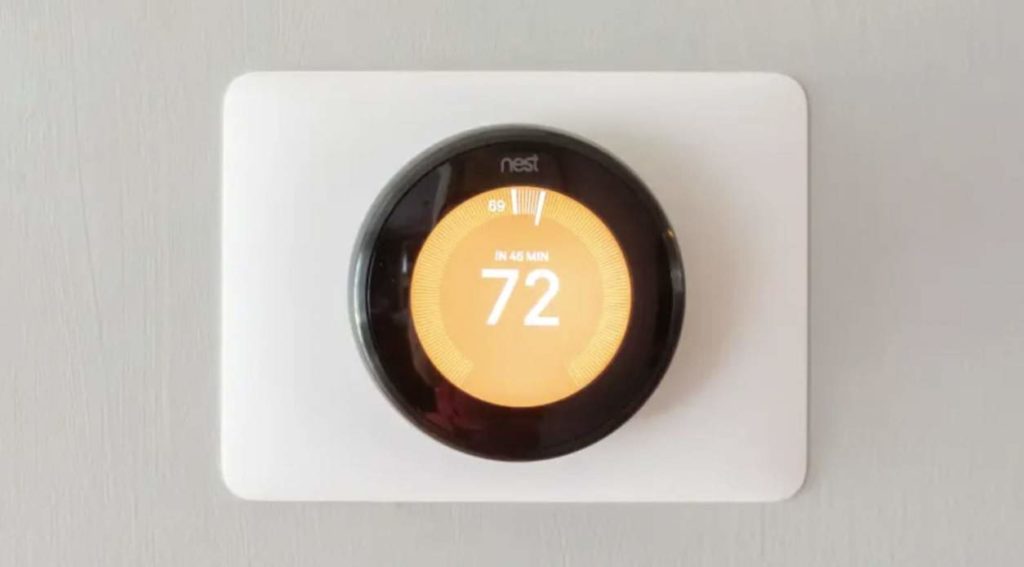11 Steps to an Eco-Friendly Home in Malaysia
Climate change has been seriously affecting the world in the form of unbearable heat, heavy floods, landslides, reduced crop yields, and other dire effects.
According to PreventionWeb, Malaysia is still vulnerable to these unnatural phenomena. And that’s why the government is taking drastic measures to counter them and protect its citizens.
Now, whilst they are working on it, you don’t have to wait any longer, as we will show you 11 easy steps you can do to make your home more eco-friendly than it was before.
No matter whether you plan to build a new home or modify your existing one, you can start right now with what you have. But, of course, you’d have to proactively order some green items online or in-store.
So, without any delay, let’s start our discussion!
11 Steps to an Eco-Friendly Home in Malaysia
The term ‘eco-friendly’ is not a modern marketing trend. Being ‘eco-friendly’ means that you’re actively participating and deciding to start caring for the planet starting with our personal habits and home.
Essentially, an eco-friendly home is a house that only uses the needed amount of energy and water for the occupants.
In turn, it releases fewer carbon emissions or greenhouse gases (including carbon dioxide, methane, and nitrous oxide), helping to reduce the harmful impact on the planet, which is good.
There are so many ways you can adapt your home for sustainable living. They’re not hard to do or to incorporate into your lifestyle contrary to what most people think.
Are you ready? Let’s now see the specific ways, which allow you to move towards a greener and healthier home.
1. Use greener alternatives

Start small by nixing the use of plastic and using green cleaning products in your daily routine. Remember and practise the 3Rs—reduce, reuse, and recycle, as much as you can.
Use a reusable bag when sending a gift to a friend or buying groceries instead of using a plastic bag, since plastic products release toxic substances when they are burned or melt under the sun.
For your drinking bottle to work, you should buy a tumbler or bottle made out of recycled materials. This way, you are reducing excessive waste going into the landfills in Malaysia.
Another way for a greener home is to not use plastic straws for the similar reason we mentioned. Replace regular shampoos with eco-friendly ones because the chemicals in them are toxic and can harm the ocean and marine animals.
And, instead of using chemical-laden cleaners for your home and furnishings, use a gentler, eco-friendly alternative. This is not only safe for the environment but also healthier around people and pets.
2. Compost food scraps and packaging

Who’s guilty of throwing away fruit and vegetable scraps, eggshells, tea bags, cardboard, and paper? Don’t worry, we admit to doing those too, but know that they can be turned into compost instead to nourish the garden in your backyard.
It’s vital because the discarded items can end up in the country’s landfills where they decompose and release harmful chemicals, such as methane, for one. And just imagine millions of people contributing to it every day.
To compost, you will first need to make a compost pile. You can compost either inside or outside your home using a compost bin by turning and mixing the pile with a tool and adding water to maintain it.
The home compost should be ready between two and five weeks, whereas the outdoor or backyard pile will take far longer, from two months to two years, because of the large waste volume and the breakdown process.
3. Replace old mattresses and sheets with natural ones
Like we said earlier, practising sustainability is easy. All it takes is an initiative to use eco-friendly products more than ordinary ones, and just keep at it, as much as you can.
One of the things you can try is to replace old mattresses and bedding with natural ones—although they’re a bit heavier on the wallet.
An eco-friendly mattress, sheet, pillow, or blanket has been produced using materials and procedures that are good for the environment. You can also change just your mattress topper and protectors, by the way.
We don’t think that you will have trouble finding them on the market, because the eco-friendly ones have a logo or badge of the certifying authority on the packaging.
One example of those companies is CertiPUR-US. It’s a not-for-profit organisation based in America, which certifies foams of all kinds.
Mattresses that go through them and receive certification prove that these were made without ozone depleters, formaldehyde, flame retardants, mercury and lead, and are low in VOCs, all of which are known to facilitate global warming and damage the environment.
4. Brighten your home with LED bulbs

If you haven’t yet, switch your fluorescent and incandescent lighting to LED bulbs and tube lights.
LED lights have many advantages most notably their incredible energy efficiency and longevity. As such, they will allow you to rack up home energy savings month after month.
Apart from the benefits we mentioned, LED lights can withstand more frequent switching than standard lights, are quicker to light up, and don’t emit heat or UV, which can harm the person and make the room hotter.
Nevertheless, using LED lights has some downsides too, such as they are more expensive initially, sensitive to heat, and their colours can change over time, just to name a few.
5. Use Energy Star certified appliances
Electricity is produced from fossil fuel sources like coal, natural gas, and petroleum. They need to be burned to generate power, and this releases dangerous gases into the Earth’s atmosphere.
These include carbon dioxide, nitrogen oxide, carbon monoxide, sulfur dioxide, particulate matter, and heavy metals such as mercury.
From here, you can deduce that the less energy consumed, the better. And that necessitates using more efficient appliances and reducing power use at home.
To do them, look for the Energy Star label when shopping for an air conditioner, dehumidifier, slow cookers, dishwashers, vacuum cleaners, water heater and other appliances. The higher the rating, the more energy-efficient it is, and the better for the planet as well.
What’s more, check the refrigerant used by the fridge or air conditioner. Some of the safer, more eco-friendly refrigerants out there are R-134A, R-404A, R-407C, and R-410A, so pick an appliance that uses one of them.
6. Install low-flow toilets
Besides reducing your power usage, you have to conserve your water use as well. The reason for this is that water also uses energy because it needs to be heated, pumped, and filtered before you can use it.
Thus, saving water at home will be better for the environment too. In fact, this will keep the oceans, seas, ponds, and marshes full which helps maintain the natural habitat of fishes, otters, herons, water voles, amongst other animals.
If your toilet hasn’t been fitted to your new home yet, you can opt for a low-flow toilet. A low-flow toilet, compared to a regular toilet, extracts less water from the pipe system when flushed.
Statistically speaking, this kind of toilet flushes 1.6 gallons of water versus 3.5 to 7 gallons of water of standard ones, which is a huge difference.
7. Choose green building materials over regular ones

If you want a carbon-neutral home, you can start before the house is even built. In other words, you must plan out the whole thing with your builder from the concept and blueprint.
Lots of the sustainable features have gone out the window with the common finished home. Let us explain: the materials that need to be replaced as your home ages will not make the environment better, due to carbon emissions that will ensue in the process.
For this reason, choose eco-labelled and long-lasting materials for drywall, timber, and insulation to build your home with.
Additionally, only use paints with lower Volatile Organic Compounds (VOCs). These are some of the several toxic chemicals found in paints, which can affect the environment and cause indoor air pollution that endanger the health of the whole family at home.
8. Install sustainable flooring
Another step towards making your home more sustainable is to install eco-friendly flooring. These are constructed of renewable materials, helping to reduce greenhouse gas production, and also, promote healthy air indoors due to having low VOC levels.
Today, suppliers offer more flooring variety with greater aesthetics, durability, and feel underfoot. Popular green choices are bamboo, cork, hardwood, carpet tiles, rubber, and linoleum.
Although many buyers associate vinyl with linoleum, they are altogether different. The former is made of synthetic material with toxic petrochemicals, whilst the other is naturally made of linseed oil, cork dust, wood flour, tree resins, limestone, and natural pigments.
9. Hire a tradesman to install a smart thermostat

Your old centralised air conditioning might be burning all night at full force at your house or hotel. Why not invest in a new smart thermostat to save your energy use and lower your expenses, whilst doing your bit in saving the planet?
As you can expect, a smart thermostat may be able to adjust to the temperature in your room and the number of people present through its cutting edge built-in sensor. Moreover, it lets you switch to a more energy-conserving setting and track your power consumption.
And therefore, it makes for a great and stylish investment that you can use and enjoy for a long time. But, remember that a top-quality product and an adept installer are crucial to achieving this.
10. Invest in solar thermal heating

Solar panels may be costly at first, but if you use them every day, you can achieve break-even within just a few years.
They are an eco-friendly alternative to using direct electricity. Considered a renewable source of energy, solar power is constantly available for everyone and does not run out.
As for their applications, solar panels can produce electricity for lighting up your house, boiling the water, powering your appliances, amongst other uses.
Some of you may ask if they can power your home at night. The answer to that is they most certainly can, but you would need to purchase solar battery storage for that purpose.
The cool thing about them is you can convert solar power to electricity and sell the excess back to the grid, allowing you to earn a profit. And this is all thanks to the net metering system in Malaysia.
Furthermore, the Malaysian government has put forward the Green Electricity Tariff, whereby you can get a supply of low-carbon electricity generated by your solar panels, though at a higher price than what you normally get from your power bills.
And did we also mention that solar panels also raise the measurable value of your home, should you plan to sell it in the future?
11. Set up a garden on your roof or balcony
For those with a roof or balcony, you can set up your own garden as a way of cultivating your green thumb.
Plants not only transform your home into a tranquil haven, but much more than that. They perform their role, which is to sustain humans and animals—put simply, they need each other to live.
Both terrestrial and oceanic plants do this by releasing oxygen to the atmosphere through the process known as photosynthesis, which gives us more fresh air to breathe.
You may find butterflies or birds fluttering around your plants, and that’s a good thing. On a bigger scale, the diversity of plants gives the animals habitat and shelter.
Furthermore, they trap carbon dioxide coming from the air produced by fossil fuel burning. Hence, each of them helps to counteract the worsening effects of climate change.
Aside from that, some plants can yield food depending on their kind. This saves you a trip from the market and gives you some change as well, as it gives you a chance to prepare a delicious and organic meal at your abode.
Also, you can get creative with plants and the potteries you plan to put them on. And if you lack space, you may want to consider growing vertical plants instead, which are also beautiful, by the way.
Conclusion
And those were some steps you can make to achieve an eco-friendly home in Malaysia. There are many more besides them, but we think we have covered the essentials of creating a sustainable home.
At any rate, if you have any thoughts or questions about the guide, feel free to message us and we’ll get back to you in a jiffy.
FAQs about Eco-Friendly Homes in Malaysia



